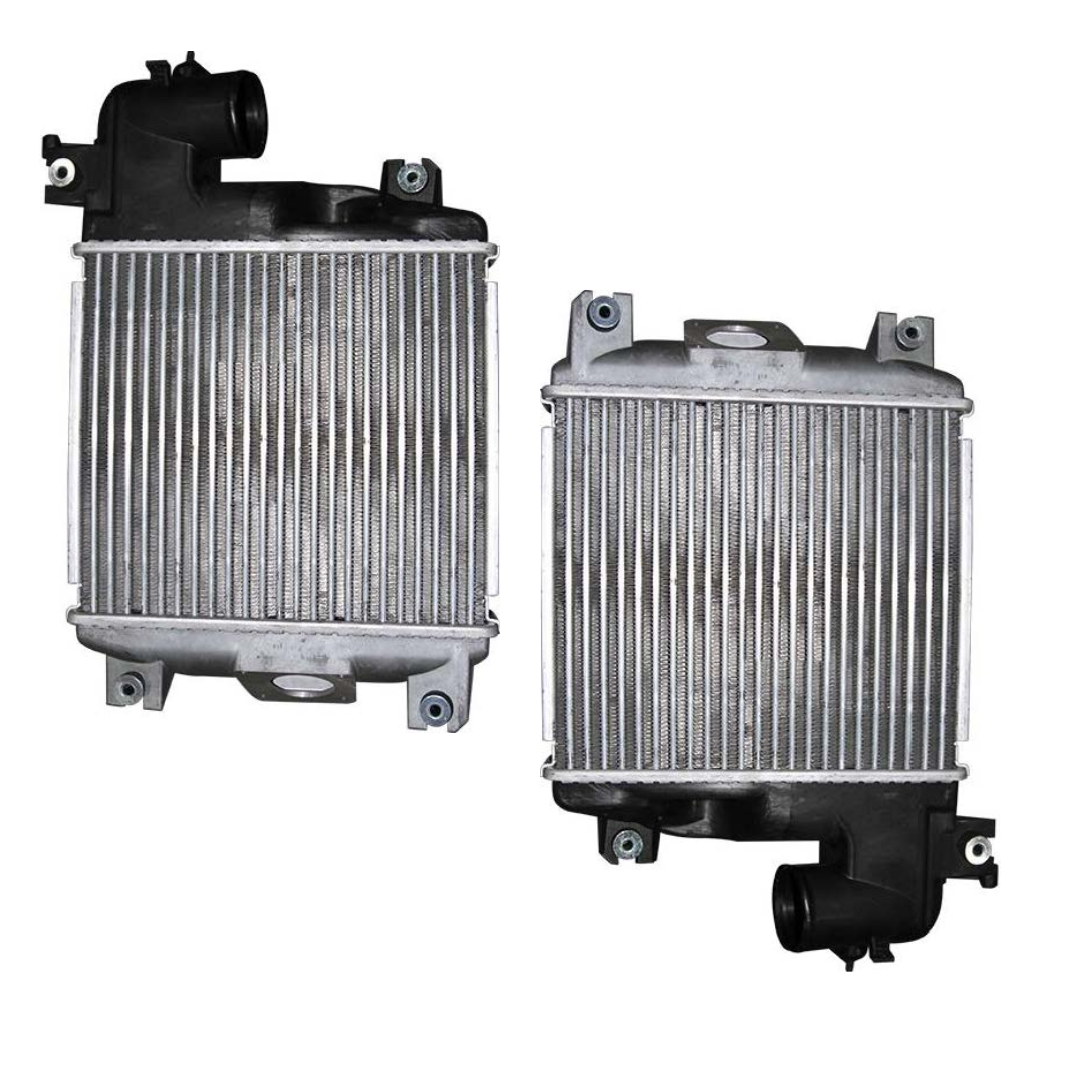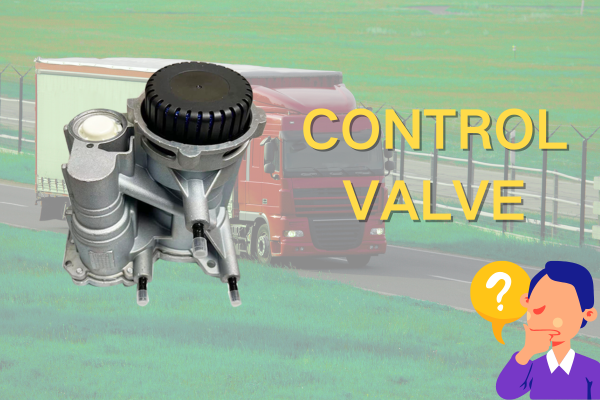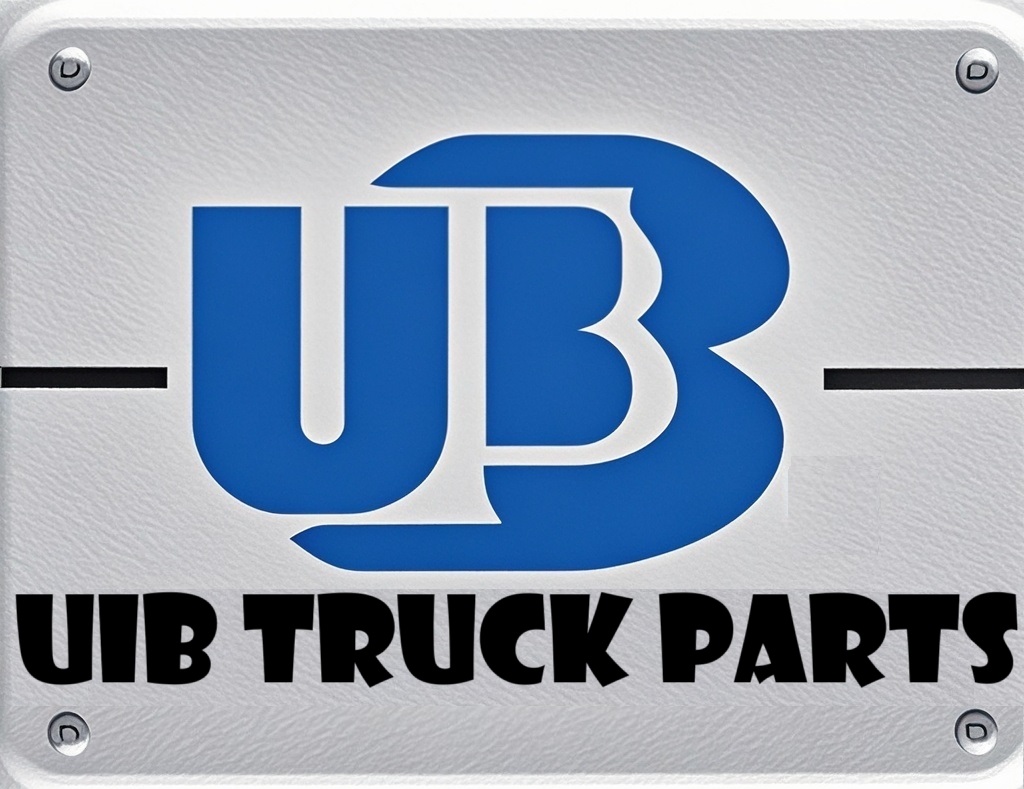About Us
Truck Keeps “Overheating”? Understanding the Radiator's Working Principle Reduces Breakdowns by Half
Views : 196
Update time : 2025-06-24 16:38:30
The truck radiator serves as the "cooling guardian" of the engine. As a core component of the cooling system, its primary function is to dissipate the substantial heat generated during engine operation, ensuring the engine maintains an optimal operating temperature. Prolonged engine overheating can cause accelerated wear and deformation of components, potentially leading to severe failures such as cylinder scoring and bearing seizure, which directly disrupt the normal operation of the truck.

Working Principle: The Core Logic of Heat Exchange
Truck radiators operate based on the principle of heat exchange:
- Heat Absorption: When the engine runs, the coolant absorbs heat in the water jacket, turning into high-temperature coolant.
- Heat Dissipation: The high-temperature coolant flows into the radiator and transfers heat to the ambient air through cooling tubes and fins.
- Circulation: The cooled coolant returns to the engine, continuously repeating the heat dissipation cycle.
Common Types: Advantages and Disadvantages of Water-Cooled and Air-Cooled Radiators
Water-Cooled Radiators (Mainstream Application)
- Structure: Composed of an inlet tank, an outlet tank, and a radiator core. The core features flat cooling tubes and fins, maximizing the heat dissipation area.
- Advantages: Superior heat dissipation, precise temperature control, suitable for various operating conditions.
- Application: Widely used in heavy-duty trucks.
Air-Cooled Radiators
- Structure: Consists of cooling fins, air ducts, and fans.
- Advantages: Simple structure, low cost, no risk of coolant leakage.
- Disadvantages: Heat dissipation efficiency is highly affected by ambient temperature and vehicle speed.
- Application: Commonly used in small trucks or vehicles under specific operating conditions.
What are the Key Performance Benefits?
- Stable Operation: Prevents overheating failures, ensuring reliable engine performance.
- Energy Efficiency: Optimal temperature promotes complete fuel combustion, reducing fuel consumption.
- Extended Lifespan: Minimizes component wear, reducing maintenance costs and downtime while improving transportation efficiency.
#TruckRadiator #CoolingSystem #WaterCooledRadiator #AirCooledRadiator #EngineTemperature #RadiatorTypes #RadiatorPerformance #TruckEngineParts
Related News
 Revealing Three Little-Known Facts About Trucks
Revealing Three Little-Known Facts About Trucks
Aug 06,2025
This article presents three little-known facts about trucks, including that the cab can be flipped for engine maintenance, the rearview mirrors are equipped with defrosting and deicing functions, and the small tank next to the fuel tank is an urea tank which is crucial for environmental protection. It helps readers understand the secrets behind truck designs and functions.
 Control Valve: The "Key Steward" in Truck Engines
Control Valve: The "Key Steward" in Truck Engines
Aug 05,2025
This article introduces the role of the control valve in the diesel pump, including controlling fuel quantity and stabilizing pressure; lists symptoms when it malfunctions, such as weakened power and increased fuel consumption; provides maintenance methods, and illustrates through cases that paying attention to the control valve can avoid unnecessary expenses.
 Control Valve: The "Invisible Commander" of Truck Power
Control Valve: The "Invisible Commander" of Truck Power
Aug 05,2025
The control valve is an indispensable core regulating component in the truck power system. Although it hides inside the machinery and keeps a low profile, it relies on its powerful functions to precisely command the rhythm of power output, comprehensively ensure driving safety, and intelligently adapt to various working conditions. With sophisticated design techniques and durable material selection, it can achieve a perfect balance between power and efficiency in various complex scenarios, and can be called the invisible cornerstone supporting the efficient and stable operation of trucks.
 Truck Snow Chains: Safety Guarantee on Icy and Snowy Roads
Truck Snow Chains: Safety Guarantee on Icy and Snowy Roads
Jul 28,2025
This article elaborates on truck snow chains, including their important role on icy and snowy roads, applicable scenarios, selection methods, installation steps, and usage precautions. It aims to provide references for truck drivers to drive safely in icy and snowy weather and reduce accidents caused by slippery roads.
